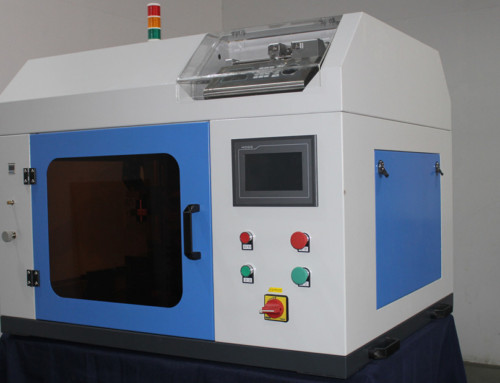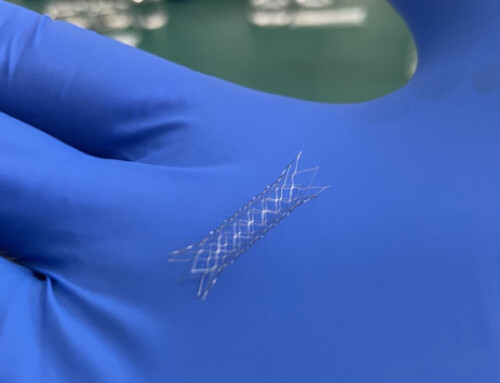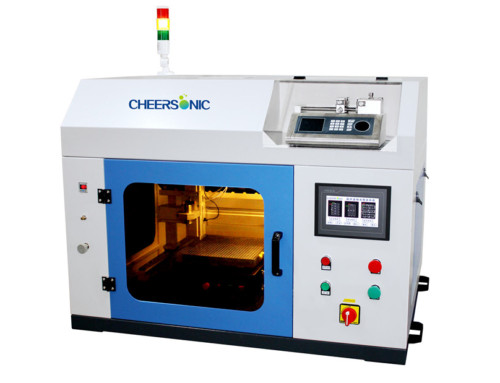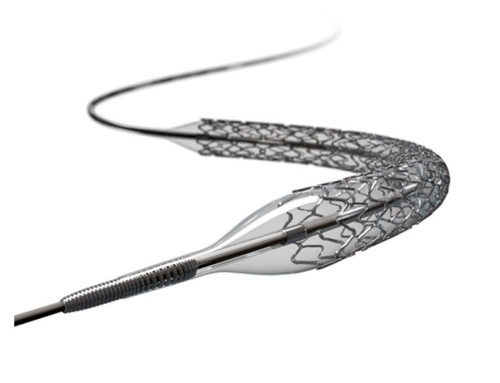Project Description
Factors affecting spray
Ultrasonic sprayers have a wide range of applications. From the intervention of medical devices to the production of solar cells to the production of electronic devices, ultrasonic spray equipment and pressure spray, rotary spray and other advantages are reflected everywhere. Therefore, many people think that the ultrasonic spraying equipment is universal, and the application of ultrasonic spraying in the same field is different. The user is unknown about these differences, and these are often perfected in the design process.
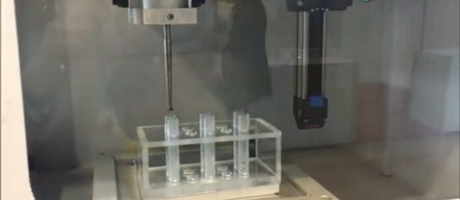
There are influencing factors in the use of ultrasonic spray equipment in different fields. Differentiation from the utility of ultrasonic spraying, mainly concerned about two aspects: 1. Ultrasonic spray atomized droplets of the particle diameter. 2. Ultrasonic spray flow performance.
The key factor affecting the droplet size is the frequency of the ultrasonic spraying equipment. The higher the frequency, the smaller the droplet diameter. Secondly, the surface tension and liquid density of the atomized liquid also have a certain influence, but generally it does not count towards the influence range. Ultrasonic spraying equipment developed by CHEERSONIC produces a gentle, low-velocity spray mist that avoids the common overspray phenomenon of pressure spray.
Four influencing factors of flow performance: atomizing surface area, orifice size, vibration frequency, and liquid properties. The orifice size determines the flow rate, and the flow rate is related to the flow rate of the liquid introduced into the atomizing surface. When the liquid velocity is too high, the atomizing surface will not be able to atomize the liquid. In general, at a low flow rate, the atomization surface is “attractive” enough. The liquid adheres to the surface of the atomizing surface for atomization, but accidental atomization occurs when the liquid flow rate is too low. The area of the atomizing surface is another factor that affects the maximum flow rate. The atomizing surface can both withstand the amount of liquid while at the same time ensuring that there is a limit to the ability of the film to produce the atomization. If the flow rate exceeds the general limit, the atomizing surface can retain the liquid. The film’s ability to atomize. The working frequency not only affects the diameter of the atomized particles, but also affects the flow rate. When the ultrasonic frequency is larger, the diameter of the atomized particles is smaller and the atomization flow rate is smaller.
In addition to the above-mentioned reasons for the ultrasonic spraying equipment, the nature of the liquid also has a great influence. The treatment liquids are first divided into three categories: the first type is a pure liquid containing only a single component such as water, the second type is a pure solution such as physiological saline, and the third type is a mixed solution containing solids such as a graphene solution. Usually the pure liquid only needs to consider the viscosity of the liquid. The maximum viscosity of the liquid that can be processed by the ultrasonic spraying equipment is 100 CPS. In addition to considering the viscosity of the liquid, the pure solution needs to consider whether there is polymer in the liquid, and when the liquid passes through the ultrasonic wave on the atomizing surface. The role of the separation of the formation of atomized droplets, the polymer molecules will hinder the formation of such discrete droplets; solids containing liquid mixture, mainly consider the solid content and solid particle size, the diameter of solid particles is much smaller than the diameter of the droplets, otherwise The result of atomization is solid-liquid separation. The liquid solid content cannot exceed 40%, otherwise the solid content is too large, which will increase the difficulty of atomization.

